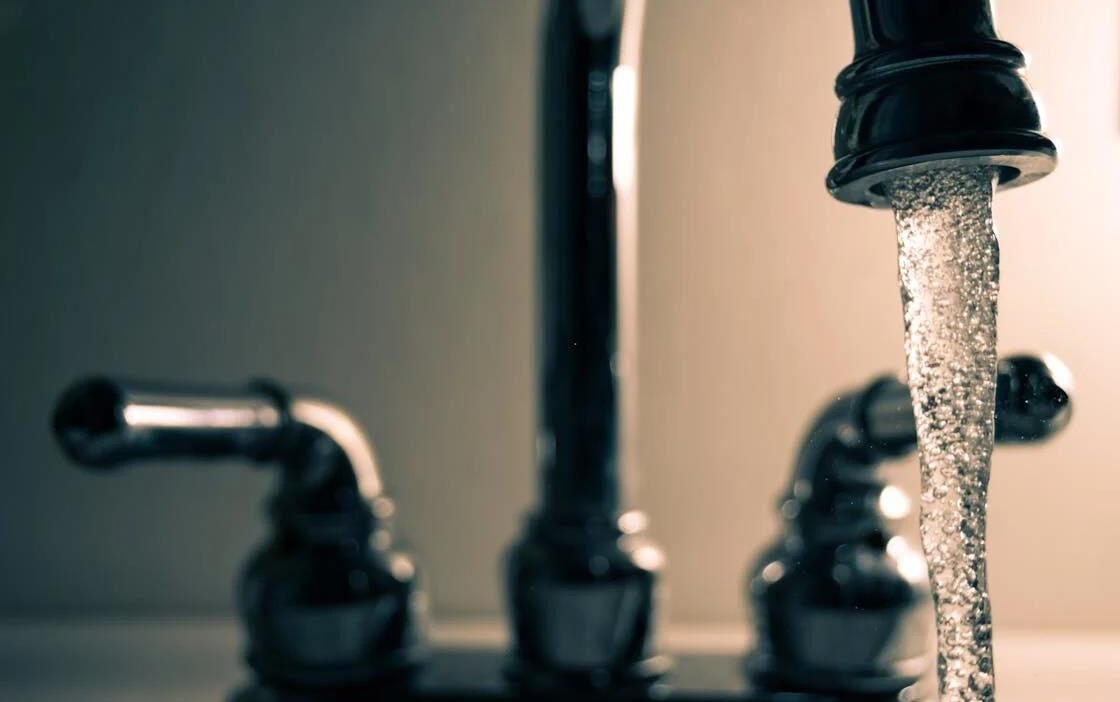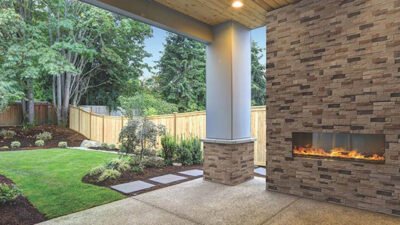Homeowners in Germantown, TN, take pride in keeping their homes in good shape. From roof repairs to fresh paint and landscaping, there’s always something on the to-do list. But one area that often goes unnoticed is the plumbing system.
That’s because plumbing issues don’t always show up in obvious ways. Pipes are hidden behind walls, under floors, and deep underground. If there’s no visible leak or sudden flood, it’s easy to assume everything’s working just fine.
But when a plumbing problem goes unchecked, the damage can build over time. What starts as a small drip or slow drain can lead to major repairs, unexpected bills, and serious water damage. In Germantown, where many homes are decades old and seasonal shifts can affect underground systems, staying ahead of these issues matters more than most people realize.
Common Signs of Plumbing Trouble
Not every plumbing issue starts with a burst pipe. In fact, most hidden problems show up through small, subtle changes. Maybe your sink takes longer to drain than it used to. You might hear odd gurgling sounds when the toilet flushes. Some homeowners notice a musty smell under the kitchen sink or in the bathroom, even when everything looks clean.
Another warning sign shows up outside. If you notice soft, wet spots in your yard, especially when it hasn’t rained, that could be a sign of a deeper issue.
These problems are easy to overlook. But if they keep happening, they might point to something bigger. One of the most common hidden issues in older homes is underground pipe damage. And this is where timing matters.
For example, one of the most overlooked issues in older homes is hidden pipe damage. Homeowners often don’t realize they need sewer line repair in Germantown, TN, until sewage backs up or large sections of the yard start sinking. Early signs can help avoid major disruptions and costly repairs.
Why Hidden Plumbing Problems Get Missed
Part of the problem is how plumbing works. Unlike a leaky faucet or broken appliance, pipe damage usually happens out of sight. The signs don’t show up right away. It can take weeks or months for a slow leak to create visible water spots, mold, or wall damage.
Many homeowners don’t think to check their plumbing unless there’s an emergency. But waiting for an emergency often leads to higher costs. Small leaks can warp wood floors, damage drywall, or create health problems from mold.
Also, some materials used in older homes are more likely to corrode or crack over time. If your home hasn’t had a plumbing inspection in years, now might be the right time to schedule one.
What Causes Damage to Pipes and Drains
Several common issues can lead to hidden plumbing problems. One of the biggest is tree root intrusion. In older neighborhoods, mature trees have deep, widespread root systems. These roots can grow into underground pipes, cracking them or blocking the flow.
Corrosion is another concern, especially in homes with galvanized steel or cast iron pipes. Over time, these materials break down, leading to leaks or blockages. Pipe joints can also loosen due to ground shifting caused by heavy rain, droughts, or nearby construction.
Even homes built in the last couple of decades can have issues. Sometimes, poor installation or low-quality materials make systems fail earlier than expected. And if you’ve had past renovations or landscaping projects, they may have accidentally disturbed buried lines without you knowing.
The Cost of Waiting Too Long
Delaying action when small plumbing problems appear can get expensive fast. A minor leak inside a wall might not seem like a big deal at first. But given enough time, it can lead to water damage, mold, and even structural weakening.
When hidden plumbing issues go unchecked, the cost of repairs climbs. Replacing drywall, flooring, and cabinetry adds up quickly. Worse, if the problem affects the foundation or a main water line, you might face thousands in repairs, plus days of disrupted water access.
Some homeowners also see higher water bills when there’s a hidden leak. If usage habits stay the same but the cost rises, it’s worth having a professional take a look.
What to Ask Your Plumber During a Routine Check
Plumbing checkups don’t take long, and they help catch small problems before they grow. When you schedule a visit, don’t just wait for the plumber to talk. Come prepared with a few smart questions.
Ask about your home’s water pressure and whether it’s in a healthy range. Low pressure might mean a clog or leak somewhere in the system. High pressure can wear out fixtures faster than normal.
Find out the age and material of your pipes. Older materials may need more frequent checks or early replacement. If your plumber offers drain camera inspections, it’s worth considering, especially if you’ve had repeat clogs or slow drains.
You can also ask them to look for signs of slow leaks in hidden areas. Some leaks stay hidden behind cabinets or under flooring until it’s too late to catch them easily.
Simple Habits That Help Prevent Hidden Issues
Good habits can help you avoid plumbing problems before they start. Don’t pour grease down the sink or flush wipes, even the ones labeled “flushable.” Both can lead to buildup and blockages in your system.
Pay attention to small changes. A strange smell, a new gurgle, or a drain that’s slower than usual might mean something’s starting to go wrong. Acting early makes a big difference.
Run hot water down slow drains once a week. Keep an eye on your water meter for unexpected changes. These small tasks take just minutes but can save you hours of work later.
Most homeowners don’t think about their plumbing until something breaks. But hidden issues can cause just as much trouble as visible ones, sometimes more.
By watching for small signs, asking the right questions, and getting ahead of the damage, you can protect your home and avoid costly surprises.


